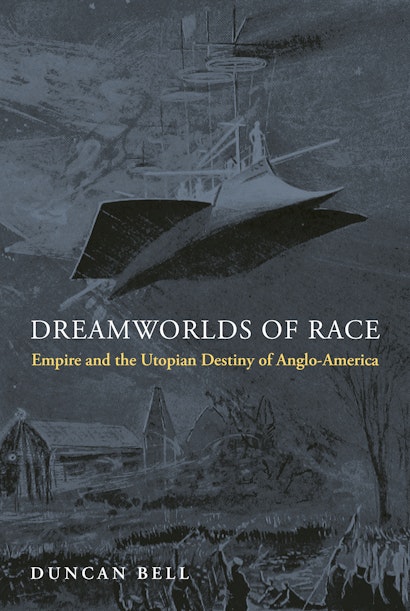I soon came to realize that one of the reasons that I, as a South Asian English speaker, did not make sense to many Americans was not only because the United States persistently denies its own imperial history (as Daniel Immerwahr has so powerfully shown in his recent critically acclaimed book, How to Hide an Empire), but also because the reigning model of the nation-state in historiography has meant that the United States has been imagined as a largely isolationist, insular entity in the years before the Great War: if Britain has been a literal island in the popular imaginary, the United States has been a metaphorical one, absolutely divorced from the imperial machinations of other nations and from the construction of a global Anglo-Saxon supremacist solidarity at the turn of the century.
Bell’s Dreamworlds of Race is a much-needed corrective on all these fronts: it shows how in the years between 1880 and the Great War, the United States, the British Empire, and its colonies such as Canada, New Zealand, and Australia, were engaged in a project of “racial utopianism” which sought to consolidate a global Anglo-Saxon identity. This was a two-pronged project: it involved calls for an imperial federation between Britain and its settler colonies on the one hand, and dreams of full-fledged Anglo-American political reunion on the other. These two arms of the project often conflicted, with pundits supporting one over the other, but they both indexed one goal: the ascendancy of white “English-speaking peoples” across the world, or more succinctly, the creation of an “Anglotopia.”
Bell tells the story of this Anglotopian project through the lives and work of four transatlantic figures: steel magnate Andrew Carnegie, journalist W. T. Stead, mining industrialist and arch-imperialist Cecil Rhodes, and science fiction writer H. G. Wells. Bell dedicates the first half of the book to relating how each of these influential figures dreamed his own version of Anglo-America, while the second half examines some of the key themes running through Anglo-American discourse: the use of science fiction to imagine alternative Angloworlds, proposals for “isopolitan” citizenship between British and the United States, and the establishment of global peace and stability through Anglo-imperialism. The conclusion gestures toward Afro-modernism at the turn of the century and contemporary neo-Victorian “steampunk” narratives, both of which have sought to subvert the hegemonic narratives of fin-de-siècle Anglotopia.
